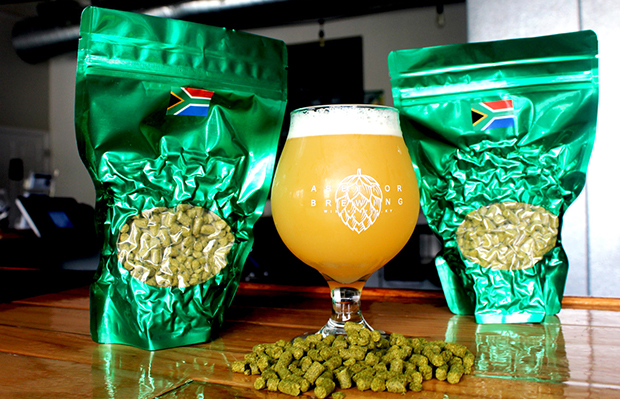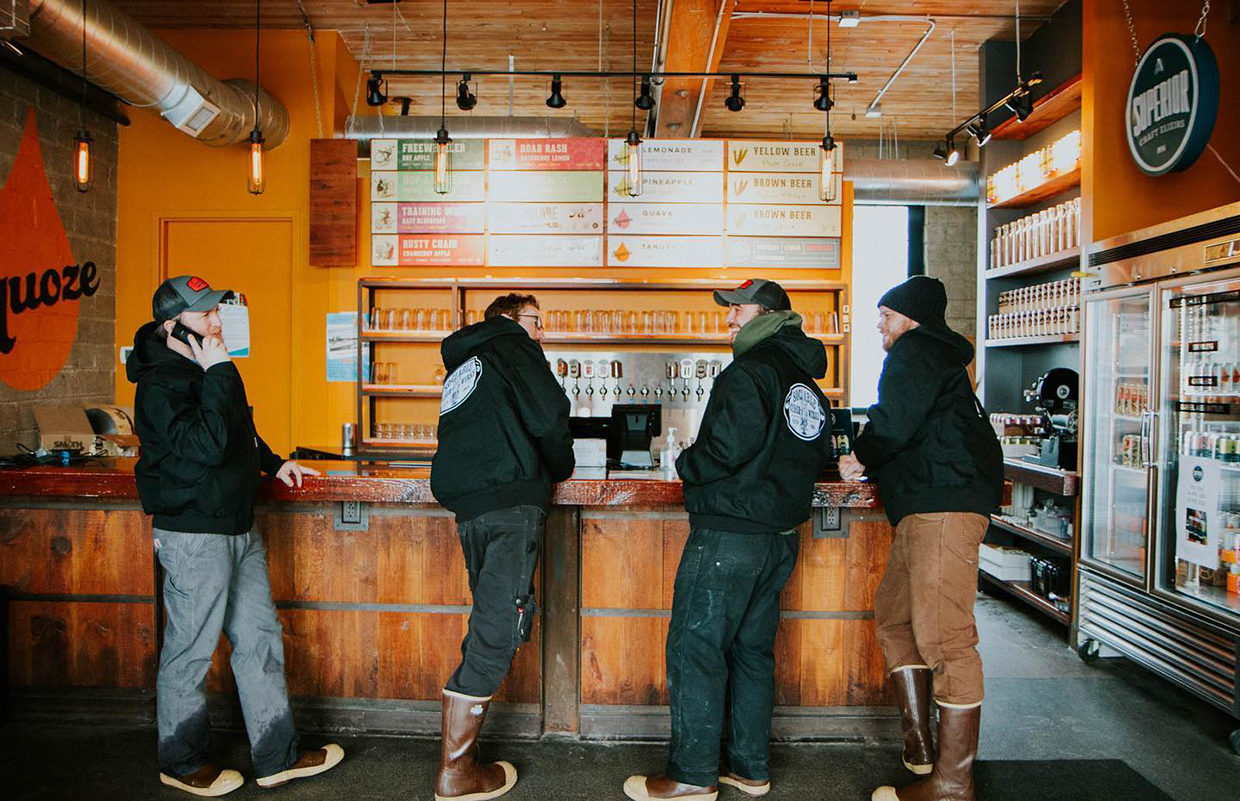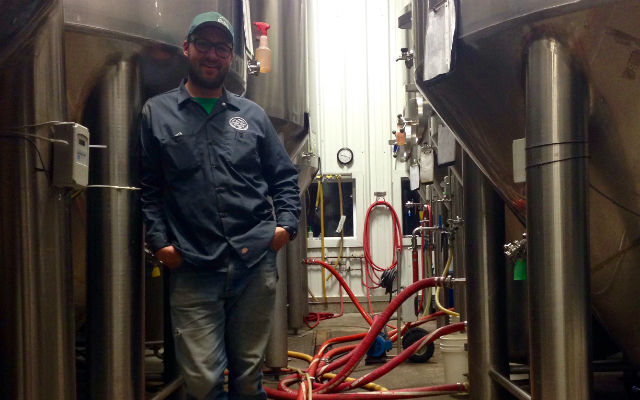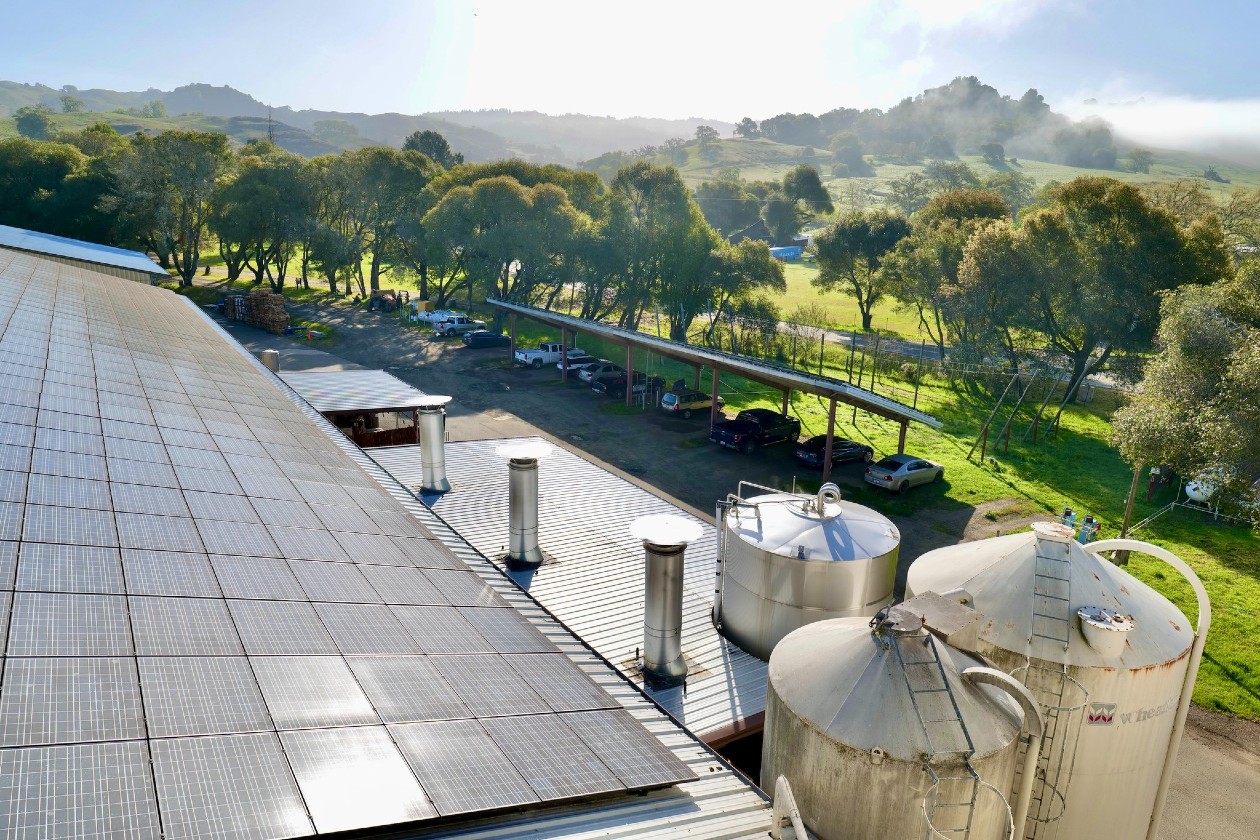
Brewer Magazine possesses the only “Test Kitchen” in the craft beer publishing community. This 1.5 barrel brewhouse utilizes current and former clients for the purpose of testing equipment, ingredients and services. Look for our Test Kitchen articles in future print issues and online.
Towards the end of 2019, the Brewer Test Kitchen began a journey in hop experimentation. Initially this was simply with hops we had on hand, but what we wanted to develop was a strategy where we, and taproom guests, could begin to taste the differences in hop varietals.
Regularly I have clients at the Test Kitchen and through conversation that ask about the different flavors of hops. I tend to align with the old-school house idea that there aren’t any stupid questions, just questions not asked. With that being said, hops and beer, as we all well know, are better tasted and discussed than explained.
Our Blonde base (SRM 4.3, 22IBUs, 4.7%ABV, OG 1.046, FG 1.010) is made with a mixture of Pale malt, Pilsner malt and Wheat malt with hop additions traditionally with Cascade. My thought process was to substitute different hop varietals for the Cascade without adjusting the IBU.
What this has done for the beer is take a taste that most everyone has come accustomed to and alter it with strictly new hop profiles. Our team and our clients can taste the differences and we are able to then educate the customer on the flavors or unique hops.
During this process we started talking with John Fearless about some of its unique South African hop varietals. Of course as a brewer the option to brew with South African hops immediately grabbed my attention. Additionally, since we had just launched this idea with the Blonde experiment, grabbing some unique hops to play with really excited the team.
Talking with the team at John Fearless was seamless. Even though we’re on different coasts, you wouldn’t have known that there was any time difference whatsoever. They offered to discuss the product development and assist in balancing, but when I explained the strategy we’d been using, they were fully on board.
Where this experiment comes full circle is the ability for us to play with these hops, test the flavor on a base level and report to you our findings. John Fearless sent us multiple hop varieties, but for this particular experiment we utilized African Queen (14-17% Alpha Acids, 3.9-5.6% Beta Acids, Strong Citrus, Stone Fruit, Black Currant and Gooseberry notes).
Hop additions existed at 60 minutes and 30 minutes with two dry hop additions post fermentation. Prior to kegging we could taste the Gooseberry notes fairly clearly, but overall it was a major citrus influence.
We’ve developed this experiment with Azacca and Idaho7 previously so it’ll be interesting to talk with our regulars and see what their thoughts on the hop variety will be.
As our Test Kitchen is an ongoing and organic process please follow along on BrewerMag.com for more tests involving hop varieties from John Fearless. Next up we’ll be highlighting Southern Star (12-15.5% Alpha Acids, 4.8-5.2% Beta Acids, Tropical Aromas with slight berry notes with neutral bittering) and XJA-436 (12.9-15.4% Alpha Acids, 7.8-8.4% Beta Acids, Moderate berry and fruity flavors).




Be the first to comment